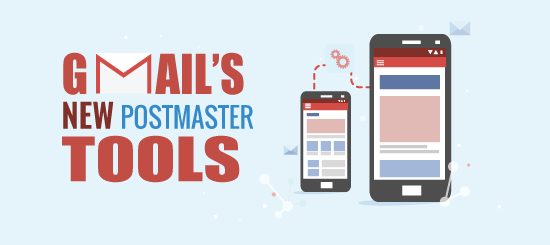We created this guide to help email marketers understand some regularly used email marketing terminology. Soft opt in, versus a regular opt in, hard bounce versus soft bounce – it’s not surprising if you’re confused!
This guide is not just relevant to our platform, but industry wide.
Opt In
This is when a recipient has taken an unambiguous action to consent to receiving email marketing campaigns, such as checking a box on a form.
Single Opt Out
Also known as unsubscribe, this is when a recipient has voluntarily chosen to stop receiving your email campaigns, usually by clicking on the unsubscribe link in your campaign. In Campaignmaster, this is an instant suppression and even if you accidently upload or use the same email address again, our platform recognizes the opt out and will not send to that address.
Soft Opt In
This is when a recipient has not actually given their consent to sign up to your emails, instead the recipient’s details were originally collected via a sale, or the marketing content relates to similar products and/or services for which the recipient’s details were originally obtained; the recipient is given the opportunity to opt out at any time from your communications.
Double Opt In
The process in which your recipient must take two, separate, positive actions to consent to your emails. This usually involves clicking on a link initially to input details and then proving the intention to sign up by clicking on a link emailed to the address provided.
Active Email Address
An active, working email address.
Verified Email Address
When a recipient has signed up and then received an email link to click on to verify their intention to subscribe.
Opt Down
An opt down is when a recipient chooses to stop receiving only certain content, but not opting out altogether. For example, someone may want to still receive your promotional emails, but not your weekly newsletters.
Bounces
A bounce back refers to an undelivered email. These are emails that were rejected by the recipient’s email server or were undeliverable. Bounces are split into two classifications – hard and soft.
Hard Bounce
A hard bounce is a permanent delivery failure. Reasons for this could be that the recipient does not exist at the domain, or the domain itself does not exist, or the server may have rejected the message for spam/security reasons.
Soft Bounce
A soft bounce is a temporary delivery failure. The recipient’s inbox may be full, the server may be down for maintenance or the server may have rejected the message for spam/security reasons. At Campaignmaster, all bounces are managed automatically and recipients are made inactive if consecutively bouncing, ensuring your sender reputation is not harmed.
Confirmed Open
When a recipient has opened your campaign by downloading the images within.
Confirmed View
When a recipient has opened your email by downloading the images and/or clicking on a tracked link in your campaign. Top Tip: When looking at engagement, always refer to the confirmed view rate.
Tracked Link
A link in your campaign which has been tracked so you have full reporting data on who has clicked the link, when and how often. It’s a great way to identify what your recipients are interested in.
Complaint
When a recipient receives your email to their inbox and either marks it as Junk or drags it into the junk folder. In Campaignmaster, performing this action will result in that recipient being added to your suppression list so no further emails are sent to them, keeping your trusted sender status safe.
Spam Trap
Spam traps are email addresses that have been created and published for the sole reason of identifying spammers – or companies not regularly cleaning their data. No sender would be encouraged to send messages to the email address for any legitimate purpose. There are organisations worldwide that detect this misuse. If a spam trap address is used then these organisations are alerted and your domain and/or IP can be blacklisted and/or blocked.
At Campaignmaster, we alert our clients when a trap has been hit and work with our clients to eliminate the possible traps going forward.
Best Practice Links
This refers to the View Online, Add to Safe Senders and Forward to a Friend Links. View Online allows your recipients to view your email in their browser in case their email client does not support full HTML.
Add to Safe Senders provides instructions for your recipients to add your sending domain to their list of trusted senders.
Forward to Friend allows your recipients to forward on your campaign without compromising on the email design, which can be lost and/or broken if forwarded directly via Outlook.
Tool Tip
The hover text that appears over an image or link in your campaign when viewed in a desktop browser – essential for accessibility and screen readers. In Campaignmaster you can create these easily in our editors.
If you would like more comprehensive information on the terms used in this guide, feel free to read the blogs below or see our glossary for loads more terminology here.









